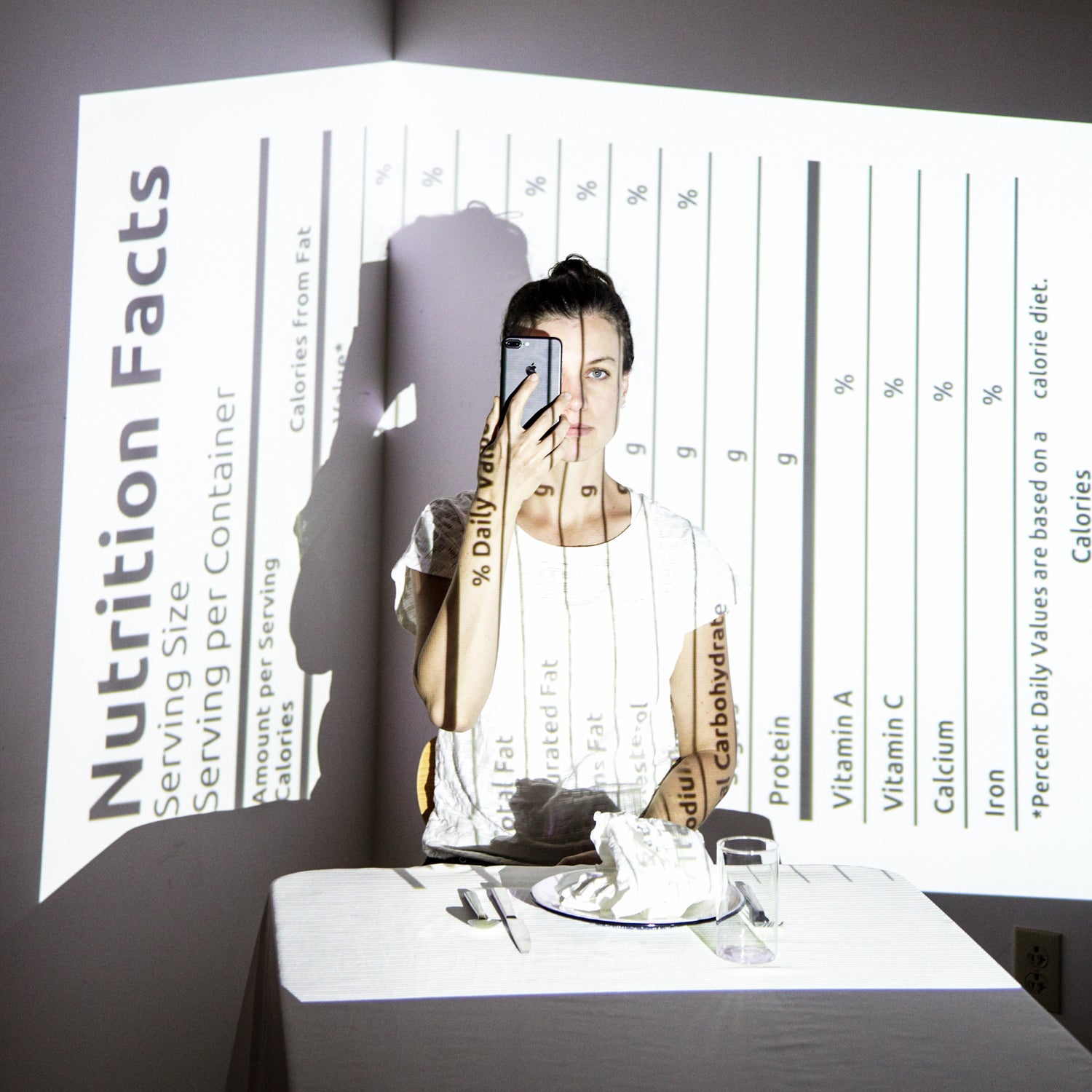When Grayce Langheine came across an ad on Facebook for the app Noom Coach, she was intrigued. The 34-year-old amateur runner was looking to get healthier and run a faster marathon, but she wasn’t interested in an expensive coach and didn’t trust the short-term weight-loss claims of other fitness apps. Noom offered a solution: personalized training with the help of artificial intelligence.
Developed by health care startup WorkSmart Labs and launched in 2011, Noom works like most fitness apps, recording diet, weight, and exercise. But it also utilizes AI algorithms—self-learning programs—to make personalized recommendations of articles, recipes, and quizzes to keep users motivated. Noom showed Langheine how things like her macronutrient intake and energy level influence performance and recovery. “Now I can begin to see how each item affects me,” she says. This gives her a broader view of what’s most effective for her training. She’s found it particularly helpful for assessing her recovery after tough workouts. The app also offers paid coaching sessions, pairing users with a human to develop techniques for achieving their goals or correcting bad habits.
In the past few years, apps touting AI features have proliferated. Companies use the term artificial intelligence liberally to describe almost any interactive technology, says Shiwali Mohan, an AI researcher at PARC, Xerox’s Silicon Valley R&D firm, yet the products rarely deliver. In April, however, Noom became the first online platform to be fully recognized by the Centers for Disease Control and Prevention as an effective program for reducing the risk of diabetes—a turning point for AI in the health and fitness sphere. The CDC’s decision does more than legitimize automated health care for consumers. Starting next year, it may allow patients to be reimbursed by Medicare, which could encourage doctors to recommend it and developers to create more AI solutions. Entrepreneurs are already taking the cue: there are currently 55 online programs with pending CDC approval to treat prediabetes. As for Noom, the seal of approval will help the company expand globally and raise financing.
Noom is the first online platform to be fully recognized by the Centers for Disease Control and Prevention as an effective program for reducing the risk of diabetes—a turning point for AI.
“In the early days, the Turing test was the definition of AI,” says Dan Siewiorek, a professor at Carnegie Mellon University’s Human-Computer Interaction Institute. “If your system could fool a human, then it was considered artificial intelligence.” Today the label is used loosely, and often incorrectly, to market everything from chatbots—simple programs that employ prewritten scripts and machine-learning algorithms—to IBM’s Watson Explorer, which is so effective at sifting through data that one insurance company reportedly has plans to use it in place of some human claims adjusters. The key difference between these applications is the ability to evolve.
“An AI algorithm’s behavior is dynamic,” says Mohan. “It can learn from its experiences and adapt its behavior as it becomes better at understanding how its environment functions.”
At this point, even the most sophisticated AI lacks the complexity and nuance of the human brain. But it can replace a motivational workout partner. Take Vi Fitness, a personal-training app launched by New York City–based LifeBeam, for example. Using earphones equipped with sensors, the app records your heart-rate threshold and cadence, then makes recommendations for things like optimal step rate and training zones with more than 60,000 recorded responses. Vi also gleans context about the rest of your day (such as weather, step count, and sleep quality) from other apps to better tailor its advice; for example, if it’s 100 degrees outside, Vi may suggest cutting your run from five miles to three. It can also congratulate you for reaching a milestone (“I saw you did 11,000 steps today and you’re going for a run? Way to go!”) or make you feel just a little guilty if you haven’t logged in lately (“Man, I haven’t seen you for 12 days, where have you been?”).
For Noom, AI plays a support role, fueling user motivation and reinforcing positive behavior, while training and diet customization—and a sense of accountability—are left to Noom’s human coaches. Mohan agrees that having a thinking, feeling person in the coaching loop can be useful for these functions, since AI still has a ways to go. “A good human coach will develop a relationship with their trainee,” she says, “understanding their specific needs and continuously adapting the training program.” AI can’t fully mimic those elements yet, but it’s improving gradually. “We have only begun to scratch the surface,” Mohan says.

